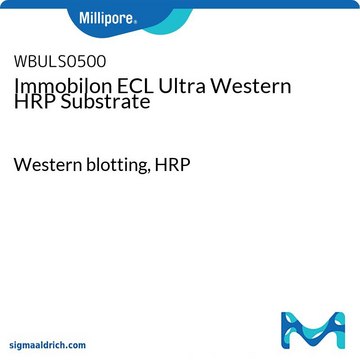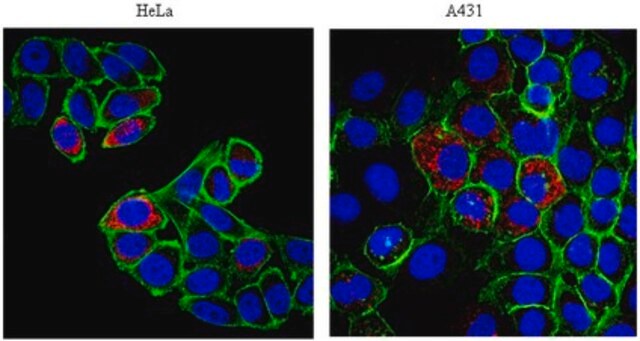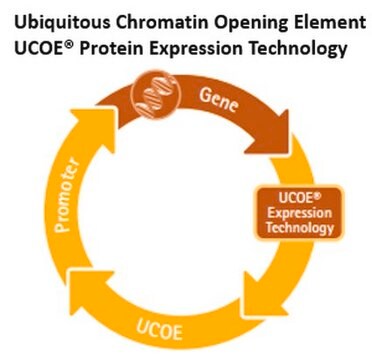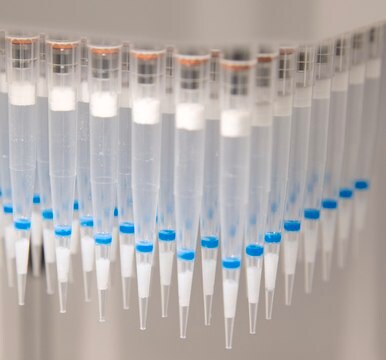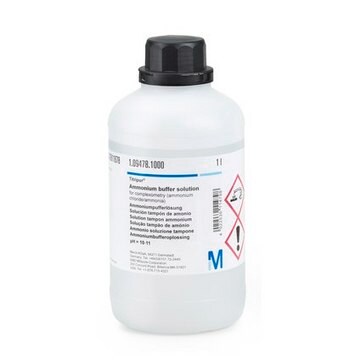ABN645
Anti-RIM 2 Antibody
from rabbit, purified by affinity chromatography
Synonim(y):
Regulating synaptic membrane exocytosis protein 2, Rab-3-interacting molecule 2, RIM 2, Rab-3-interacting protein 3
About This Item
IHC
WB
immunohistochemistry: suitable
western blot: suitable
Polecane produkty
pochodzenie biologiczne
rabbit
Poziom jakości
forma przeciwciała
affinity isolated antibody
rodzaj przeciwciała
primary antibodies
klon
polyclonal
oczyszczone przez
affinity chromatography
reaktywność gatunkowa
rat, human
metody
immunofluorescence: suitable
immunohistochemistry: suitable
western blot: suitable
numer dostępu UniProt
Warunki transportu
wet ice
docelowa modyfikacja potranslacyjna
unmodified
informacje o genach
human ... RIMS2(9699)
Opis ogólny
Specyficzność
Immunogen
Zastosowanie
Immunofluorescence Analysis: 20 μg/mL from a representative lot detected RIM 2 in human brain cells.
Neuroscience
Developmental Neuroscience
Jakość
Western Blotting Analysis: 1 μg/mL of this antibody detected RIM 2 in rat brain tissue lysate with and without blocking peptide.
Opis wartości docelowych
Postać fizyczna
Przechowywanie i stabilność
Inne uwagi
Oświadczenie o zrzeczeniu się odpowiedzialności
Nie możesz znaleźć właściwego produktu?
Wypróbuj nasz Narzędzie selektora produktów.
Kod klasy składowania
12 - Non Combustible Liquids
Klasa zagrożenia wodnego (WGK)
WGK 2
Temperatura zapłonu (°F)
Not applicable
Temperatura zapłonu (°C)
Not applicable
Certyfikaty analizy (CoA)
Poszukaj Certyfikaty analizy (CoA), wpisując numer partii/serii produktów. Numery serii i partii można znaleźć na etykiecie produktu po słowach „seria” lub „partia”.
Masz już ten produkt?
Dokumenty związane z niedawno zakupionymi produktami zostały zamieszczone w Bibliotece dokumentów.
Nasz zespół naukowców ma doświadczenie we wszystkich obszarach badań, w tym w naukach przyrodniczych, materiałoznawstwie, syntezie chemicznej, chromatografii, analityce i wielu innych dziedzinach.
Skontaktuj się z zespołem ds. pomocy technicznej